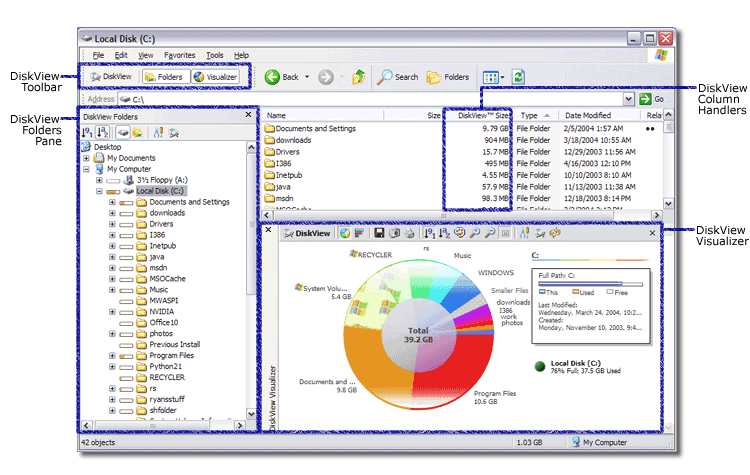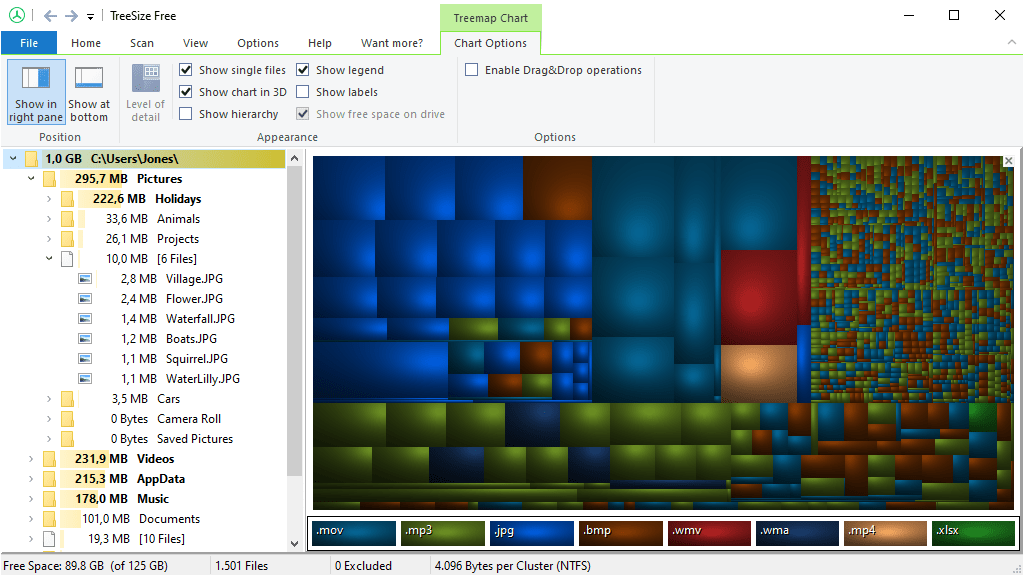

Quickly find out which files are hogging space, monitor free space and file information, scan and export results, and get a File Explorer-like tree view of whatever you’ve got on your system – I couldn’t ask for anything more. Fortunately, one glance at the main features listed on the website is good enough to have me reach for the download button. TreeSize isn’t the only disk space management tool out there which is why it’s crucial that its features and offerings align with my (and your) needs.

But for all intents and purposes, the free version has everything I need, and that is what I’ll relate below. They are available for comparison on JAM Software’s website if you’d like to know the difference between them.īriefly, the paid version has additional features such as a duplicate file finder, more export options, as well as command line options (professional only). It is free to use though there is a paid version as well for personal and professional use. TreeSize is a disk management tool by JAM Software built only for Windows. Below I share my views on TreeSize, how to set it up, and how to start using it so you can save yourself some time, as well as disk space. But there’s a program for everything under the sun, and for storage space management, TreeSize is as good as they come.įiguring out a new app without any reference, however, can be tricky. Though Windows has its own disk and storage space management tools, they leave a lot to be desired.

And just as time is a precious resource that I try to manage as best I can, so is my system’s disk space. Even if I’m not doing anything it seems to run out of its own volition. Every time an app is installed, or a file is brought in, the storage space gets eaten up. I’m not big on cloud services and cannot rely on staying online just to access my own files, which is why I prefer having them locally. Storage space is like time: there just is never enough.


 0 kommentar(er)
0 kommentar(er)
